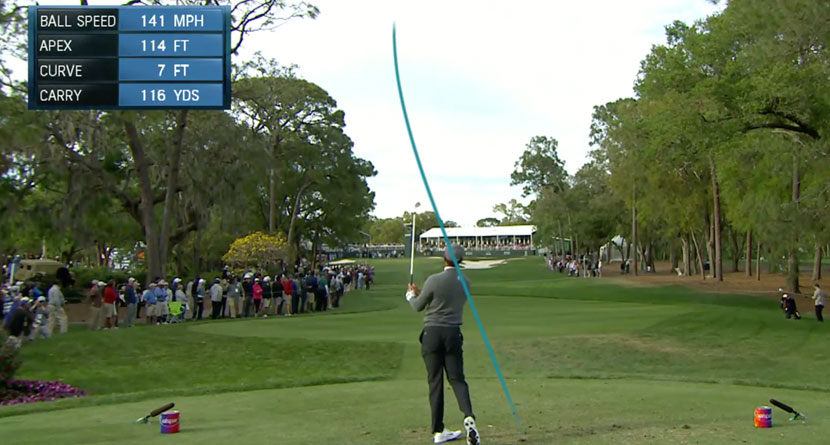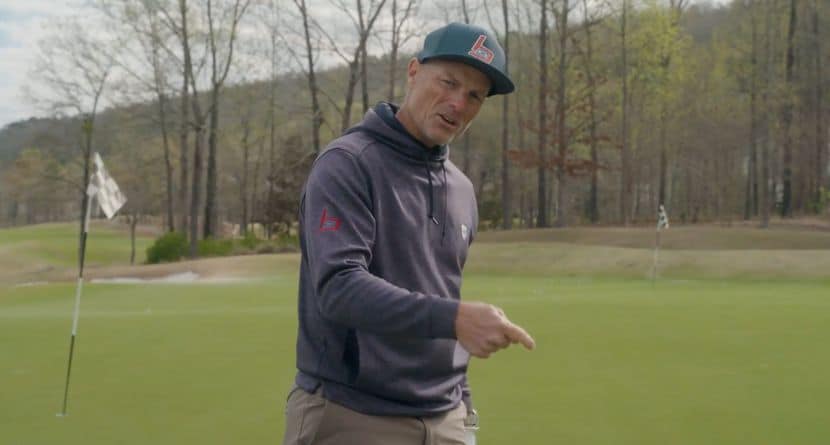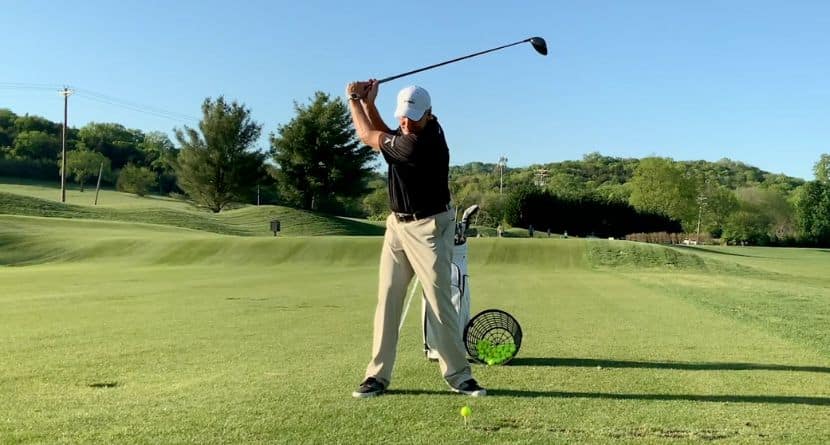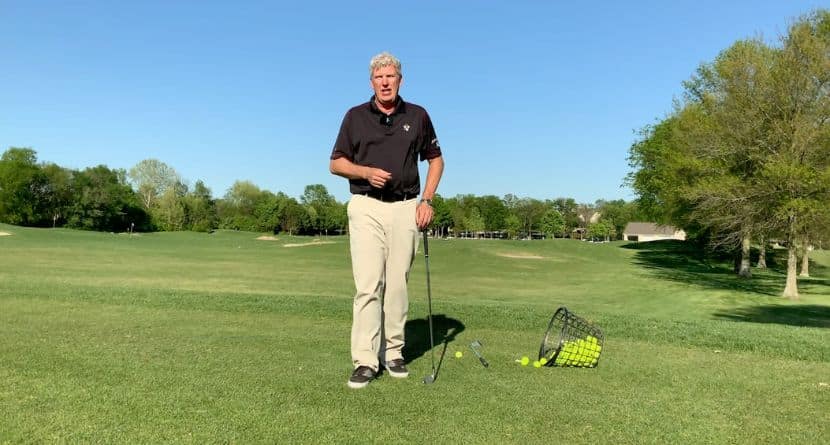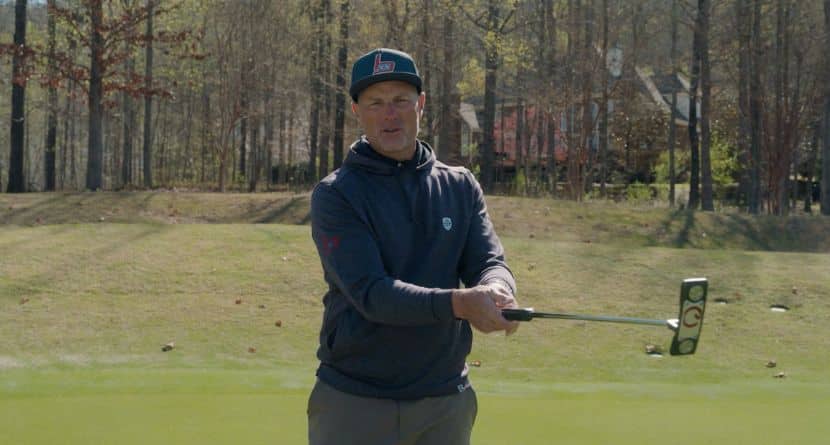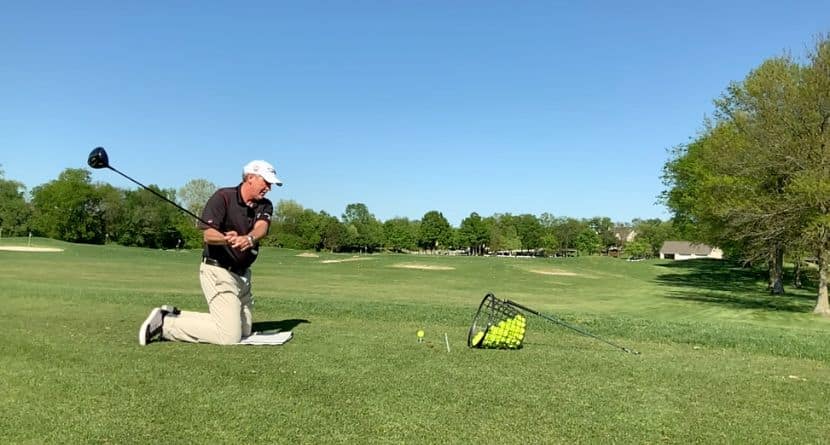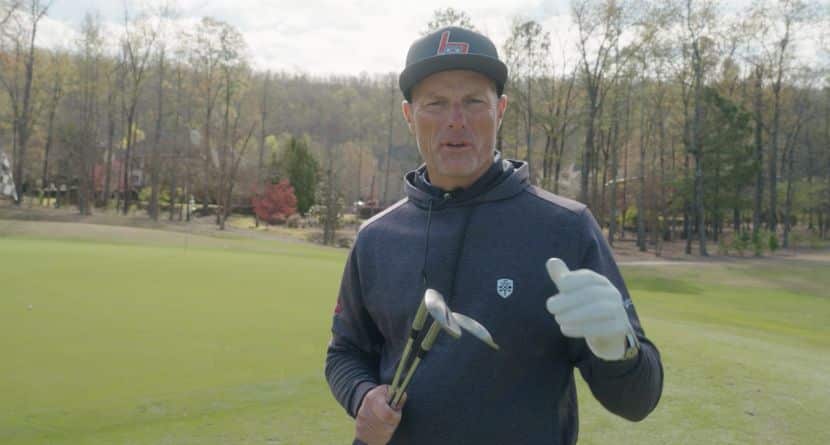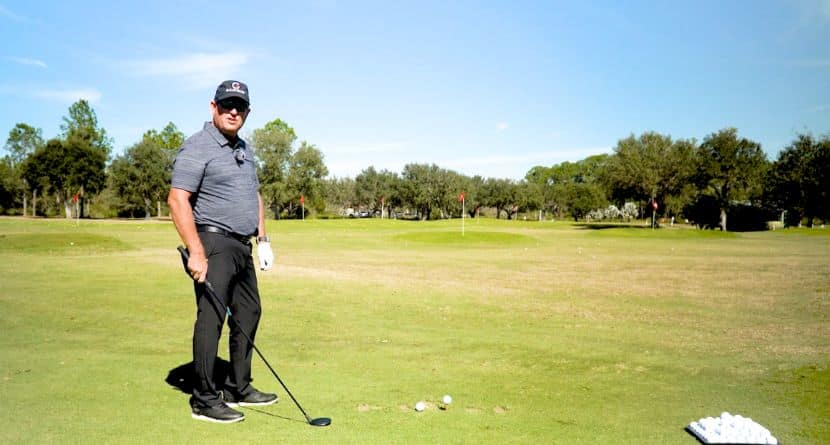It’s hard to believe, but it’s that time of year again: best of the year list season is upon us. With fewer than 10 Tiger Tuesdays remaining before Christmas, we’re counting down Tiger Woods’ 10 best shots of the year and how you can implement his shot types into your own game with PGA Professional and SwingU instructor Aaron Ungvarsky’s help.
What makes golf enjoyable or perplexing, depending on how you look at it, is the fact that we rarely see a shot playing the exact yardage one of our clubs travel. Sure, some shots are close or almost there, but golfers at all levels are adjusting on every shot, especially with the irons. While this probably rings true, the reality is most golfers struggle and don’t know how to effectively take anything off of an iron to make it fit the shot at hand.
Therein lies part of the problem. We often hear a broadcaster or fellow player say something like, “…take a little something off this one.”
How are players supposed to learn this shot — by accident?! Well, watching one of the best iron players to ever play is a great place to start learning the basics of using ball flight to alter the distance a shot travels.
Tiger Woods, even past his prime, can dial in the perfect swing to vary shot-making abilities and ultimately, control the distance. Distance control is pivotal to scoring. Why? Distance control, or playing from pin-high or just short will always produce better birdie or par opportunities.
This near-ace at the Valspar Championship earlier this year was a towering fade, in which Tiger hit a 5-iron that usually would travel 205-210 yards and dropped it right on the flag at 199 yards.
Too often players are taught just to choke-up to shorten the distance a club travels. However, when they strike it purely, the ball flies as far or farhter than a normal shot; usually because gripping up on the shaft allows the player to release the club properly and with more force. Using the side spin and shot shape to dissipate energy in the shot is a great way to keep a shot from traveling too far and accurately control your distances.
So how do we do it? To play a less-than-stock lofty fade, adjust these factors at address and in the swing
The Setup
- Set your body lines (feet, hips, shoulders) slightly left of the target line, but keep the clubface square to your target.
- Position the ball slightly forward of center for your mid-irons. Ideally, you should play the ball one ball width forward of where you would normally play the shot.
- A final adjustment is to increase your grip pressure in the left hand and let off with the right, this is to help influence the out to in swing path we need for the shot
The Swing
- Allow your path to follow your body lines, with the club working outside the target line on the way back and feel your hands higher and more in front of you at the top of the backswing
- Start the downward motion with the body, rotating faster and not allowing the arms to outrace the body before impact. The firm left-hand grip we established earlier will make it easier to control an out-to-in pulling motion and keep the back of the left hand facing towards the target — NOT turning down and releasing, which produces a straight or drawing shot.
- Match the follow through to the backswing, so it will be higher than normal and along the predetermined body lines left of the target.
By playing a higher shot with side spin from left to right, you can swing standard to slightly aggressive and still produce a shot that travels 5 to 10 yards less than your normal shot with the same club.
Remember these factors next time the distance you face to the flag calls for “taking a little something off it” and don’t rely on just chicken winging it to lazily slice or block it short.
The key to controlling distance by playing shorter-than-standard shots is picking a left to right ball flight, making sure the club path is left of where the clubface is aimed; the height of the shot is a result of the adjusted ball position, and your body rotation speed will help dictate how far the ball travels.

